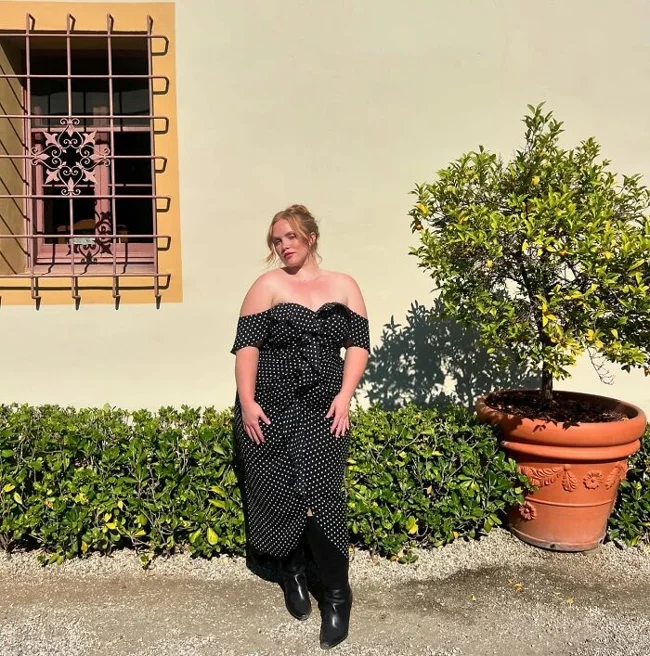Curvy models will soon be out of work due to the popularity of weight loss drugs (9 photos + 1 video)
A fashion industry representative has said that “plus-size models are disappearing.” According to Lynley Eyler, there have been noticeably fewer plus-size models at New York and London Fashion Weeks over the past three years. 
Lynley Eyler says that even plus-size stars are having a hard time finding work. She noted that plus-size models are a small group in the fashion community.
“We all know each other. Especially those who work full-time… And the offers are getting fewer. It's scary when you find out that your colleagues are also out of work."
Lynley Eyler says even plus-size stars are struggling to find work 
Model and activist Felicity Haywood believes that the emergence of the weight-loss drug Ozempic is to blame.
In an interview with Glamour magazine, Haywood said: "I was invited to a fashion show during fashion month. I asked what outfit they were offering me, and in response I heard: 'Sorry, we don't have the right size for you, but we do have fun earrings!' I had a lot of these conversations at London Fashion Week shows in 2019. Eventually it became tiresome and even offensive."
Haywood was hinted at at shows that she should be grateful for the opportunity to walk the runway
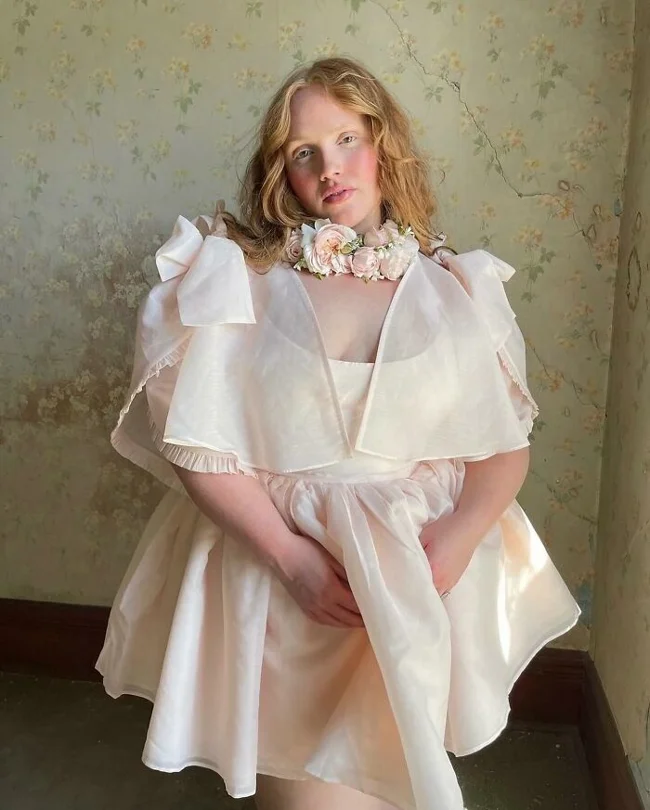
"For years, as a plus-size woman, I felt privileged to be invited to the shows. To be honest, I didn't have the 'body standard' that the industry prizes. My size was definitely still an issue."
By that time, the girl's portfolio already included about 10 fashion magazine covers, billboards, cosmetic campaigns and articles.

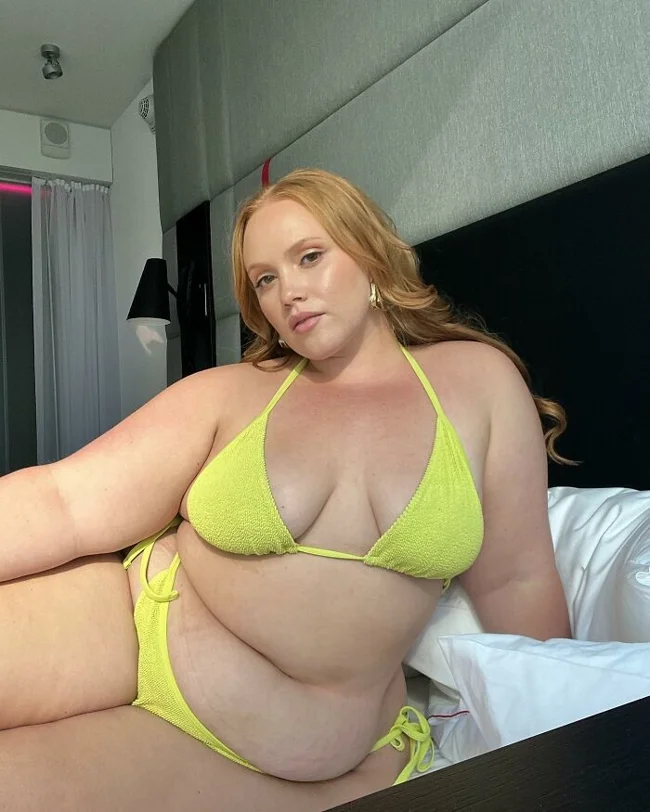
In 2022, the situation improved a little, but the appearance of the drug "Ozempic" reversed the progress. "Heroin chic" is back in fashion.
In 2023, 70 plus-size models walked the runway, 49 of which participated in New York Fashion Week. By September 2024, that number had dropped to 46.
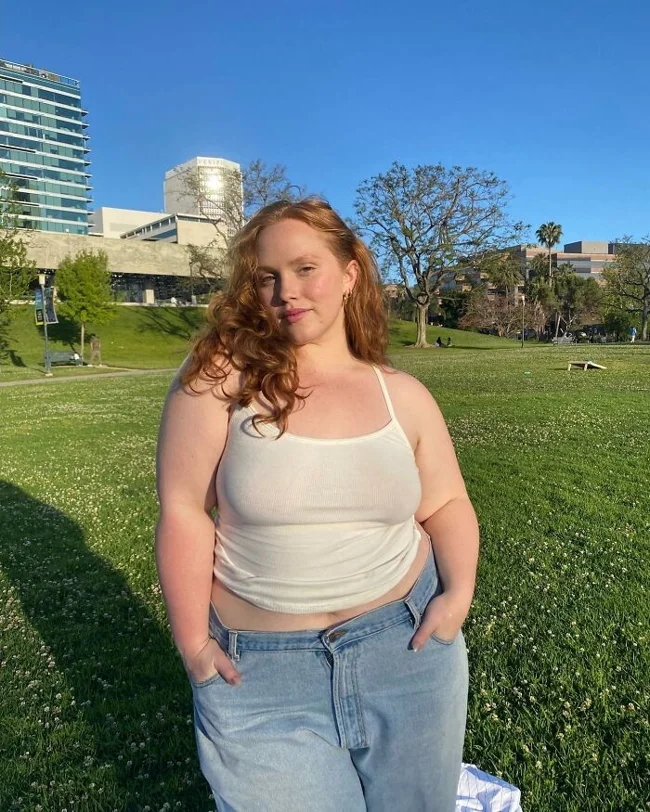
In 2025, there were even fewer plus-size walkers
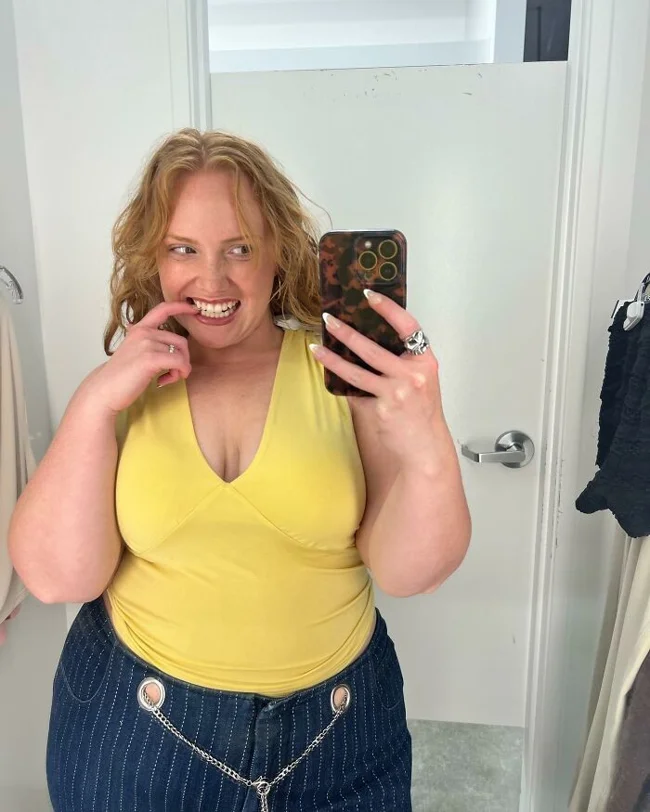
Hayworth noted, “This season, there were over 91 designers presenting new collections, with an average of 40 looks per show. There were about 3,640 looks in total. Of those, only 23 were considered non-standard or plus-size. One of the main culprits is Ozempic. The trend for the drug in the US is gaining momentum even three years after its debut. The impact on society has become obvious."
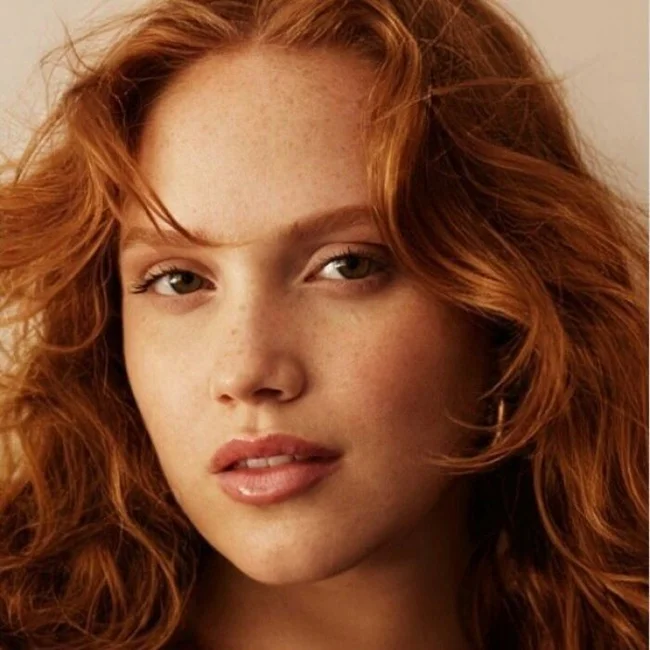
The public is divided on the issue.
"Brands are saying that body positivity is outdated and they are moving in a new direction," said one commenter.
"More and more models and celebrities are trying to lose weight. Soon there will be no one to represent larger women," said another.
"Inclusivity was temporary. We were never truly valued. Diet culture is back and Ozempic has shown that. We need to continue to create our own niches because they won't," Hayworth's colleague concluded.
